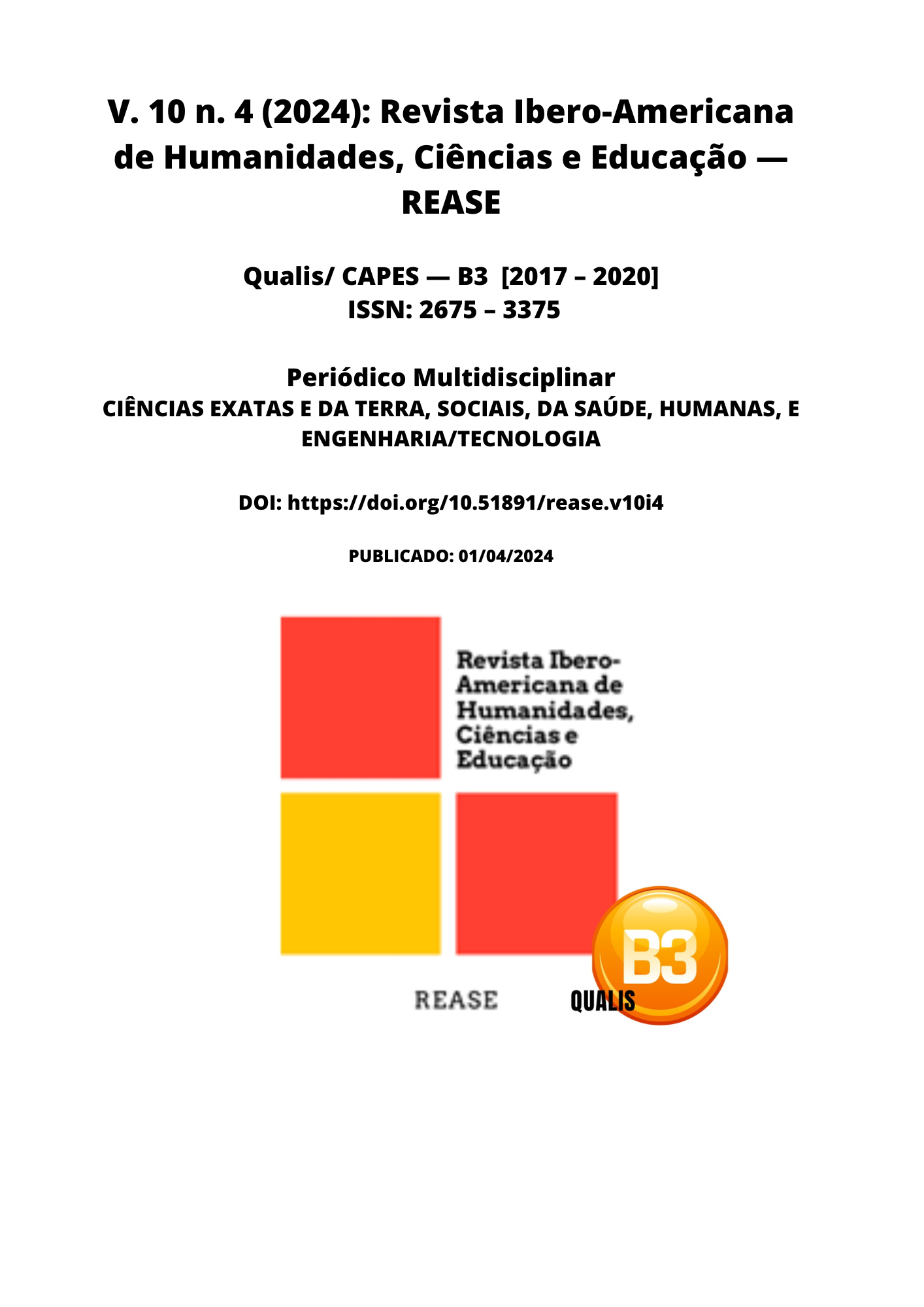SEPSIS AND CARDIOGENIC SHOCK: APPROACH IN EMERGENCY
DOI:
https://doi.org/10.51891/rease.v10i4.13453Keywords:
Sepsis. Cardiogenic shock. Emergency approach. Emergency treatment and intensive care.Abstract
Sepsis and cardiogenic shock are medical emergencies that require immediate intervention due to their severity and lethal potential. Sepsis is a systemic inflammatory response triggered by an infection, while cardiogenic shock results from the inability of the heart to provide adequate blood flow to vital organs. Both conditions represent significant challenges in the emergency room due to their diagnostic and therapeutic complexity. Early and effective management of these emergencies is crucial to avoid serious complications and reduce associated mortality. Objective: The objective of this systematic review is to critically analyze scientific literature from the last 10 years to identify the most effective approaches to managing patients with sepsis and cardiogenic shock in the emergency room, aiming to provide clear and up-to-date guidelines for healthcare professionals. Methodology: This systematic review followed the PRISMA checklist guidelines. The PubMed, Scielo and Web of Science databases were used to search for articles published in the last 10 years. The descriptors used were "sepsis", "cardiogenic shock", "emergency approach", "emergency treatment" and "intensive care". The inclusion criteria were: original studies published in English, systematic reviews and relevant meta-analyses. The exclusion criteria were: studies in languages other than English, isolated case reports and studies focusing on other clinical conditions. Results: The results revealed that a rapid and aggressive initial approach is essential in the management of both sepsis and cardiogenic shock in the emergency room. Early administration of broad-spectrum antibiotics and fluid resuscitation are essential in the treatment of sepsis, while hemodynamic support and emergency coronary reperfusion are priorities in cardiogenic shock. Hemodynamic monitoring strategies and ventilatory support therapies also play a crucial role in managing these conditions. Conclusion: This review highlights the importance of early identification and immediate intervention in the management of sepsis and cardiogenic shock in the emergency room. Clear, evidence-based guidelines are essential to guide healthcare professionals in effectively addressing these serious medical emergencies, aiming to improve outcomes and reduce the morbidity and mortality associated with these conditions.
Downloads
Downloads
Published
How to Cite
Issue
Section
Categories
License
Atribuição CC BY

